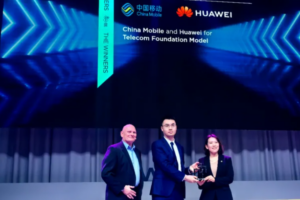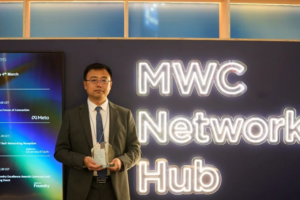Nokia has expanded its AirScale portfolio with a number of new product innovations designed to fulfil the evolving needs of 5G networks and help mobile operators realize the full potential of 5G. This includes the launch of a Dynamic Spectrum Sharing (DSS) software upgrade for existing Nokia AirScale base stations and the Nokia AirScale All-in-Cloud base station, boosting network efficiency.
As part of the portfolio expansion, Nokia has launched a range of new AirScale products, including compact dual and triple-band remote radio heads to support cell site deployment requirements. It has also introduced several new high-performance massive MIMO adaptive antennas to deliver 5G coverage and high capacity. These new upgrades support 4G and 5G networks today, increase cell capacity, and lower the total cost of ownership (TCO) bringing 5G experiences to businesses and consumers faster.
Nokia’s DSS solution, delivered as a software upgrade to existing Nokia AirScale base stations, goes beyond 4G–5G to include dynamic sharing between 2G, 3G and 4G technologies to enable a smooth evolution towards 5G deployments. The 4G–5G DSS feature, which has been the subject of interest from operators in leading 5G markets, automatically co-ordinates the spectrum usage between 4G and 5G, helping them reuse existing 4G radio networks and speed up 5G rollouts. Typically, 5G is launched in higher mmWave or cmWave spectrum, while existing 4G is deployed in the lower spectrum range. By reusing the lower-frequency 4G spectrum, 5G coverage can be achieved faster and at a lower cost. Initial deliveries of Nokia’s DSS solution are planned to start in April 2020, with volume shipments expected by July, in line with the availability of DSS-capable mobile devices.
Nokia has also announced a number of 5G cloud radio access network (RAN) innovations, including the Nokia AirScale All-in-Cloud base station. This virtualizes real-time baseband and puts the baseband processing power at the edge of the network to meet extremely low-latency requirements, boosting the efficiency of the network. In addition, Nokia Bell Labs is currently demonstrating a prototype of the next evolutionary step of this domain to customers, the Nokia AirScale Cloud-native RAN. This will implement the characteristics of a cloud-native environment, allowing a flexible decomposition of RAN into a service-based architecture. This will be supported by an edge infrastructure and a chipset from Nokia’s “Powered by ReefShark” portfolio as well as a choice of central processing units (CPU) and graphics processing units (GPU), boosting the 5G network performance even further.
Tommi Uitto, President of Mobile Networks at Nokia, commented: “All of these upgrades are designed to support mobile operators in their efforts to deliver compelling 5G experiences to their customers faster and at a lower cost. They will also support with increased demand for capacity, which is critical in the current environment. Our latest portfolio innovations will help operators to take advantage of the 5G world by delivering new use cases and business models and add new revenue streams.”












